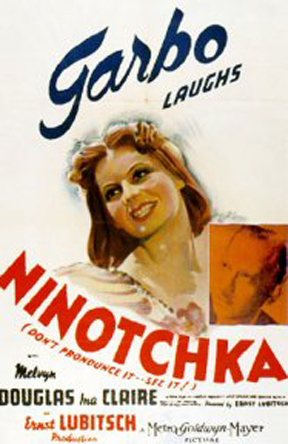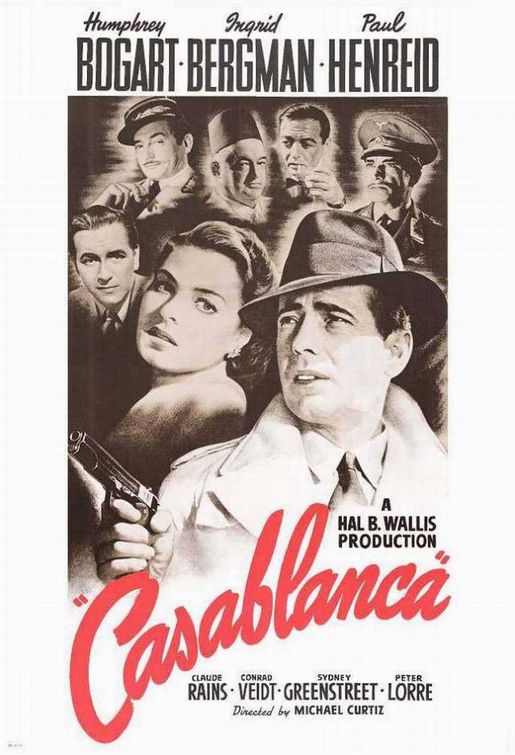(With the Oscars scheduled to be awarded on March 4th, I have decided to review at least one Oscar-nominated film a day. These films could be nominees or they could be winners. They could be from this year’s Oscars or they could be a previous year’s nominee! We’ll see how things play out. Today, I take a look at the 1936 best picture nominee, Dodsworth!)
Dodsworth is the type of film that makes me thankful for both TCM and my own obsession with Oscar history.
Based on a Sidney Howard-penned stage adaptation of a Sinclair Lewis novel, Dodsworth tells the story of an American couple abroad and how their travels change them as both individuals and as a couple. Sam Dodsworth (Walter Huston) is a wealthy man living in the middle of the United States. 20 years ago, he founded Dodsworth Motors and now, he’s finally reached the point where he can sell his company and retire. Sam doesn’t have any big plans, not yet anyway. Mostly, he just wants to visit Europe with his wife, Fran (Ruth Chatterton). They’ve never been.
Walter Huston is perfectly cast as Sam Dodsworth. When we first meet Sam, we’re not really sure whether we’re going to like him or not. He seems to be a decent human being but he also seems to be rather resistant to change. He’s a self-made man. He’s smart but he’s not well-educated. He’s honest but he’s stubborn. He’s rich but he’s hardly sophisticated. He says that he wants to experience new things but we can’t help but wonder how he’s going to react when he actually has the opportunity.
The cracks in Sam and Fran’s marriage become obvious as soon as they board a luxury liner heading for England. Sam meets another traveler, Edith (Mary Astor). Edith is divorced and lives in Italy, two things that make her very exotic to a proud product of middle America like Sam Dodsworth. Edith and Sam immediately hit it off but there’s no way that Sam would ever consider having an affair. Meanwhile, Fran finds herself attracted to a series of different Europeans, played by David Niven, Paul Lukas, and Gregory Gaye. While Fran loves Europe, Sam finds himself yearning to return to the small town world that he knows best.
For a film that was released 82 years ago, Dodsworth remains a remarkably watchable and involving film. Along with featuring brilliant lead performances from Walter Huston, Ruth Chatterton, and Mary Astor, Dodsworth touches on universal themes that remains as relevant as today as when the film was first released. Though neither Sam nor Fran would probably recognize the term, their trip to Europe leads to an existential crisis that will be familiar to anyone who has ever looked at their life and wondered, “Is this all there is?” At the start of the film, both characters believe that they’ve found perfection in their marriage, their family, and their money. By the end of the movie, both of them realize just how wrong they were.
If not for my love of Oscar history, I never would have seen Dodsworth listed among the films nominated for best picture of 1936. And, if not for TCM, I wouldn’t have had the opportunity to DVR Dodsworth this morning and then watch it earlier tonight. That’s why it pays to know your history and to take chances on films of which you previously may not have heard.
Dodsworth was nominated for 7 Academy Awards but it only won the Oscar for Best Art Direction. It lost Best Picture to a far less memorable film, The Great Ziegfield.



